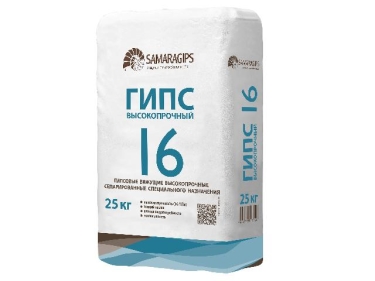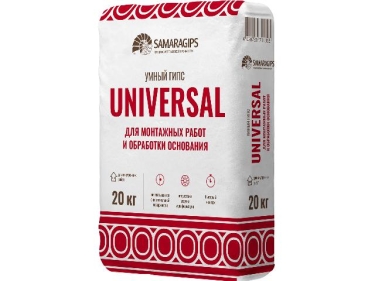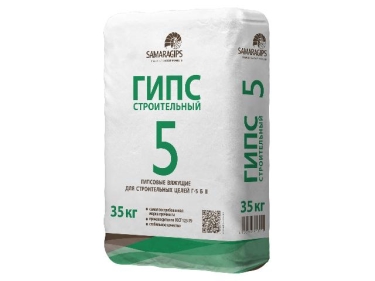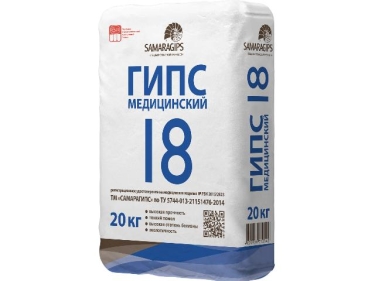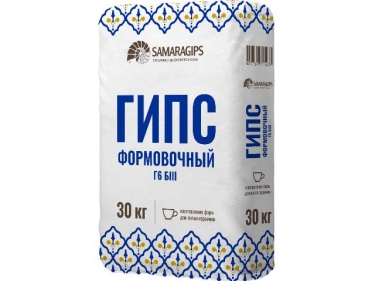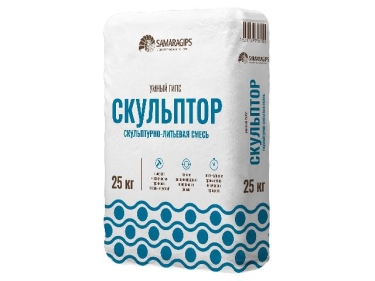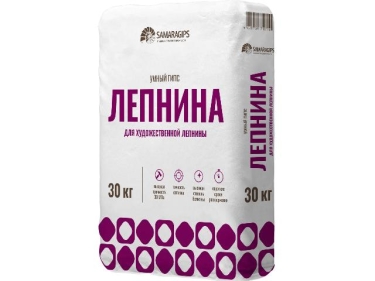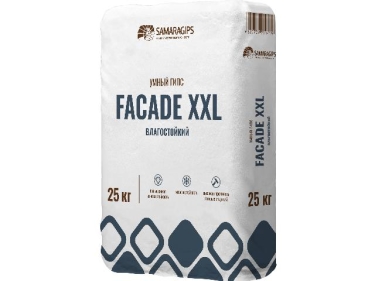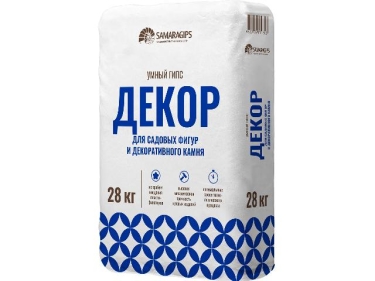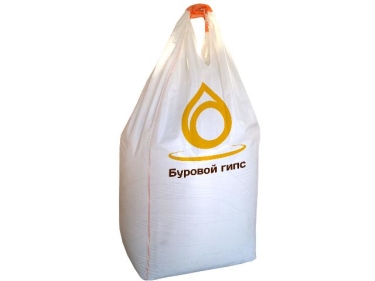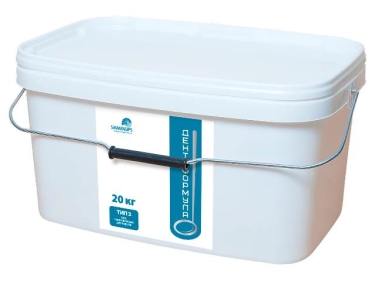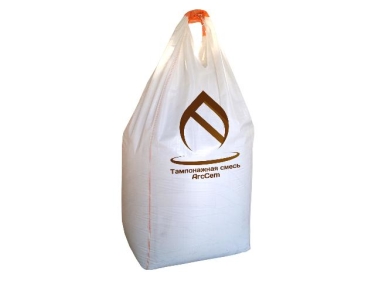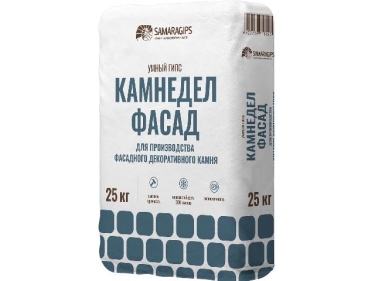Couldn't find the product you want?
Fill out this form to request the product.
Exports
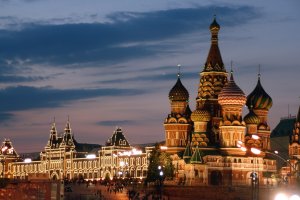
Russia has a high-income mixed economy with state ownership in strategic areas of the economy.
Oil, natural gas, metals, and timber account for more than 80% of Russian exports abroad. Since 2003, the exports of natural resources started decreasing in economic importance as the internal market strengthened considerably.
Russia is also a leading producer and exporter of minerals and gold. 90% of Russian exports to the United States are minerals or other raw materials. Russia is the largest diamond-producing nation in the world, estimated to produce over 33 million carats in 2013, or 25% of global output valued at over $3.4 billion, with state-owned ALROSA accounting for approximately 95% of all Russian production.
Russia comprises roughly three-quarters of the territory of the former Soviet Union. Following the breakup of the Soviet Union in 1991 and after nearly 10 years of decline, Russian agriculture began to show signs of improvement due to organizational and technological modernization. Northern areas concentrate mainly on livestock, and the southern parts and western Siberia produce grain. The restructuring of former state farms has been an extremely slow process.
Russia has a large and sophisticated arms industry, capable of designing and manufacturing high-tech military equipment, including a fifth-generation fighter jet. The value of Russian arms exports totalled $15.7 billion in 2013 - second only to the US. Top military exports from Russia include combat aircraft, air defense systems, ships and submarines.
The Russian fishing industry is the world's fourth-largest, behind Japan, the United States, and China. Russia has more than a fifth of the world's forests, which makes it the largest forest country in the world.
Russia runs regular trade surpluses primarily due to high exports of commodities like crude oil and natural gas. Russia's top exports also include iron and steel, gems, precious metals, machines, fertilizers, wood, cereals, aluminum, inorganic chemicals, copper.
Russia's main export partners are Netherlands, China, Germany, Ukraine, Belarus, Italy, Poland, Japan, Kazakhstan, Turkey.
Customs requirements of Russia
Russia Customs Contacts
Website: http://eng.customs.ru/index.php
E-mail: ots-geg@mtu.customs.ru
Address: 121087, Moscow, Novozavodskaya ul., 11/5
Telephone: +7 (499) 449-7675
Russia is a country situated in northern Eurasia. It is the largest country in the world, covering more than one-eighth of the Earth's inhabited land area. Russia is bordered by Norway, Finland, Estonia, Latvia, Lithuania and Poland, Belarus, Ukraine, Georgia, Azerbaijan, Kazakhstan, China, Mongolia and North Korea. It shares maritime borders with Japan and the US state of Alaska. Russia is a member of the Asia-Pacific Economic Cooperation, Council of the Baltic Sea States, International Monetary Fund, World Customs Organization, World Trade Organization and other international organizations.
Tariffs
Duties are usually according to value ad valorem, and assessed on the Cost, Insurance and Freight (CIF) value at the point of crossing the Russian border. Many types of goods are subject to minimum values on a per kilogram basis, as prescribed by Russian customs. Deemed values are an effort by the authorities to crack down avoidance through ‘dual invoicing’ practices.
On 1 January 2010, Russia, Belarus and Kazakhstan entered into a Customs Union, as a result border customs controls between the three countries have been removed. The three countries adopted unified tariff and non-tariff regulations of importing goods from third countries and free movement of goods of the Customs Union within its territory. A common system of government standards (certification) has been implemented as well.
Import duties apply to most goods. In addition to general customs requirements, import licences and product specific approvals are necessary for a wide range of items, including food and beverage products, pharmaceuticals, industrial equipment and more. Pre-shipment technical inspection (at the exporter’s expense) may sometimes be required.
Labelling and marking
All products sold in Russia must include relevant information about the product and bulk shipments contain basic information that is written in the Russian language.
Goods should be securely packed and it is important to take into account the specifics of the Russian market, including its often extreme climatic conditions and rough handling on roads, railways and ports.
Outer containers should bear the contact number, consignee's and port mark and be numbered according with packing list.
Accurate documentation is vital in Russia. Failure to comply with the documentation specified by your importer/customer can lead to lengthy delays and additional expense.
Special certificates
A wide range of goods require a certificate of conformity to allow customs clearance. Some of these requirements are mandatory while some are voluntary. The certificate must refer to Russian safety standards and may be obtained prior to export.
The list of products requiring certification includes the following:
- agricultural and foods products
- children’s clothing
- footwear
- prams
- toys
- electrical and telecommunications equipment
- transportation equipment and tools
- pharmaceuticals and healthcare products
To receive a certificate of conformity for food products and additives, a hygiene certificate is necessary.
All goods of animal origin require the appropriate veterinary certificate indicating that they are free from disease.
All plants, parts and products (other than dried vegetables) require phytosanitary certificates issued by the competent authority in the country of origin.
All medicines and pharmaceutical goods should be registered or certified by the Russian Ministry of Public Health. Special labelling and packaging requirements may apply.
Methods of quoting and payment
US dollars are preferred.
Documentary requirements:
Commercial invoice
There is no prescribed form of commercial invoice. Usually a minimum of 7 copies must be supplied (the number is normally stipulated in the contract). Details must be provided in accordance with the payment conditions of the contract. The invoice must show:
- country of origin
- details of packing materials
- marks and numbers of packages
- weights (net, gross and tare)
- quantity and description of goods
- unit prices and total shipment value
- selling price to purchaser
- place of final dispatch from country of export
Bill of lading/airway bill
A minimum of 3 copies must be provided.
Packing list
Six copies are required, providing a summary of the total shipment.
Certificate of origin
Sources:
http://arivist.com/arivist/benefits/122/infolist/2141/
http://russianamericanbusiness.org/web_CURRENT/articles/187/1/Customs-clearance-process-for-Russia
http://schneider-group.com/en/services/import/imports_to_russia
